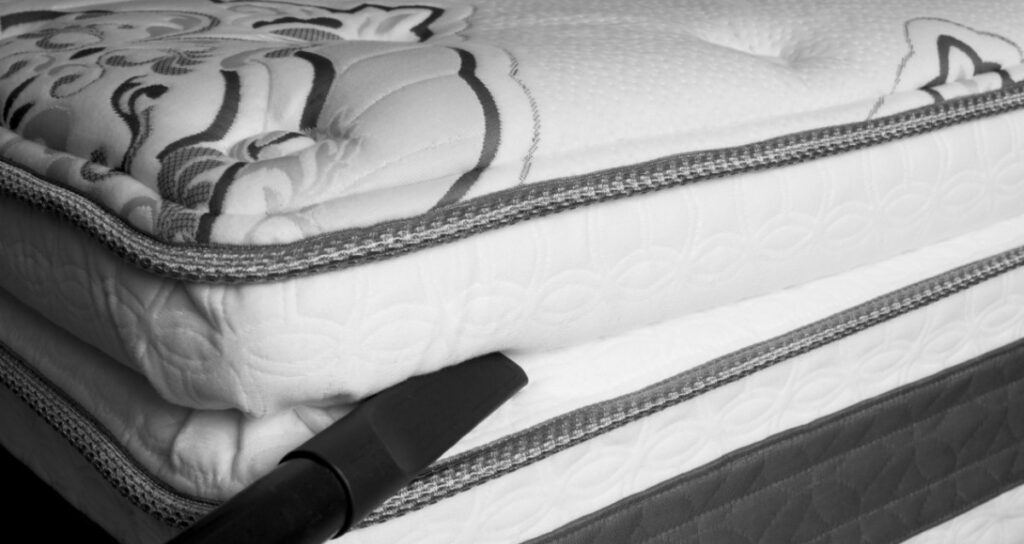Bedbug infestations can be a significant concern in various environments, particularly in senior living facilities where the residents may be more vulnerable to the bites and health complications associated with these pests. Bedbugs are notorious for their resilience and ability to spread rapidly, making traditional pest control methods ineffective in many cases. However, heat treatment has emerged as a highly effective and environmentally friendly solution for bedbug control in senior living facilities. In this article, we will explore the role of heat treatment in combating bedbug infestations, its advantages over other methods, and its potential impact on the health and well-being of senior residents.
Understanding Bedbug Infestations:
Bedbugs are small, flat, reddish-brown insects that feed on the blood of humans and animals. They are primarily active during the night and hide in tiny cracks and crevices near their hosts’ resting places. Bedbug infestations can cause physical discomfort, skin rashes, allergies, and even psychological distress. Senior living facilities, with their shared living spaces, communal areas, and frequent visitors, can provide ideal conditions for bedbugs to thrive and spread.
The Limitations of Traditional Pest Control Methods:
Traditional pest control methods, such as chemical insecticides and pesticides, have been widely used for bedbug control. However, these methods often have limited success rates due to the bugs’ resistance to many chemicals and their ability to hide in hard-to-reach areas. Moreover, the use of harsh chemicals can pose health risks, particularly to the elderly residents, who may have pre-existing respiratory or immune system issues.
The Effectiveness of Heat Treatment:
Heat treatment has emerged as a game-changer in the battle against bedbugs. The process involves raising the ambient temperature of the infested area to a level that is lethal to the bugs and their eggs, typically between 120 to 140 degrees Fahrenheit. This method effectively kills bedbugs at all stages of their lifecycle, including eggs, nymphs, and adults, without the need for harmful chemicals.
Advantages of Heat Treatment in Senior Living Facilities:
- Comprehensive Eradication: Heat treatment ensures complete elimination of bedbugs, as the high temperatures penetrate deep into furniture, mattresses, walls, and other hiding places, targeting even the most elusive bugs.
- Minimal Disruption: Heat treatment is a non-invasive process that requires minimal preparation. Unlike other methods that may involve evacuating residents or moving furniture, heat treatment can be conducted without relocating residents or causing significant disruptions to their daily lives.
- Safe and Environmentally Friendly: Heat treatment is a chemical-free solution, making it safe for both residents and the environment. It eliminates the need for repeated chemical applications and minimizes the risk of adverse health effects.
- Efficiency and Time-Saving: Compared to conventional methods that may require multiple treatments over extended periods, heat treatment offers a faster and more efficient solution. It can often be completed in a single treatment, reducing the inconvenience caused to senior residents.
- Prevention of Reinfestation: Heat treatment not only eradicates existing infestations but also helps prevent future reinfestations. The high temperatures reach areas where chemical treatments may be ineffective, eliminating hidden bugs and eggs that could lead to a resurgence.
Conclusion:
Bedbug infestations can be a significant challenge in senior living facilities, affecting the health, well-being, and overall quality of life for residents. Heat treatment has emerged as a highly effective and environmentally friendly solution, offering comprehensive eradication of bedbugs and their eggs. Its non-invasive nature, minimal disruption, and absence of harmful chemicals make it particularly well-suited for senior living environments. By adopting heat treatment as a proactive measure, senior living facilities can provide a safe and comfortable living environment for their residents, free from the menace of bedbug infestations.
References:
- Doggett, S. L., Dwyer, D. E., Penas, P. F., Russell, R. C., & BedBug Guidelines Working Group. (2020). Bed bugs: clinical relevance and control options. Clinical Microbiology Reviews, 33(2), e00073-19.
- Cooper, R., Wang, C., & Singh, N. (2015). Evaluation of a model community-wide bed bug management program in affordable housing. Pest Management Science, 71(2), 138-144.
- Feldlaufer, M. F., & Koehler, P. G. (2019). Bed bugs and their management. In Handbook of Pest Management (pp. 645-669). Academic Press.
- Kells, S. A., & Goblirsch, M. J. (2011). Managing bed bugs: The importance of understanding pest biology, resistance to insecticides, and the economic importance of infestation. American Entomologist, 57(1), 24-35.








